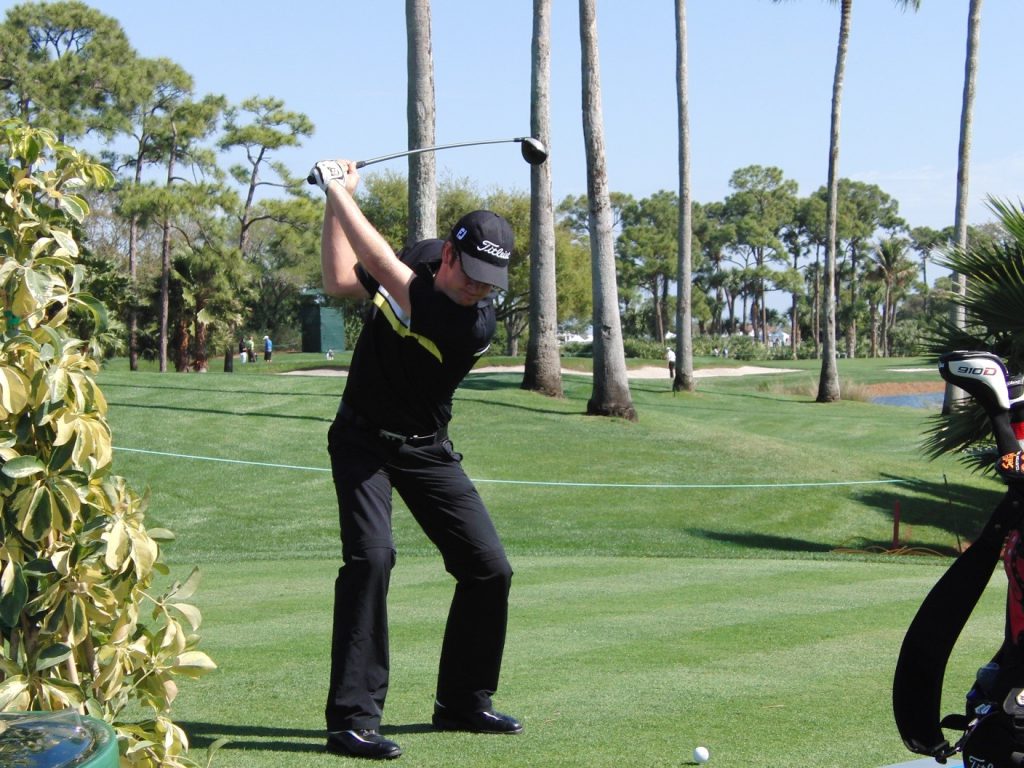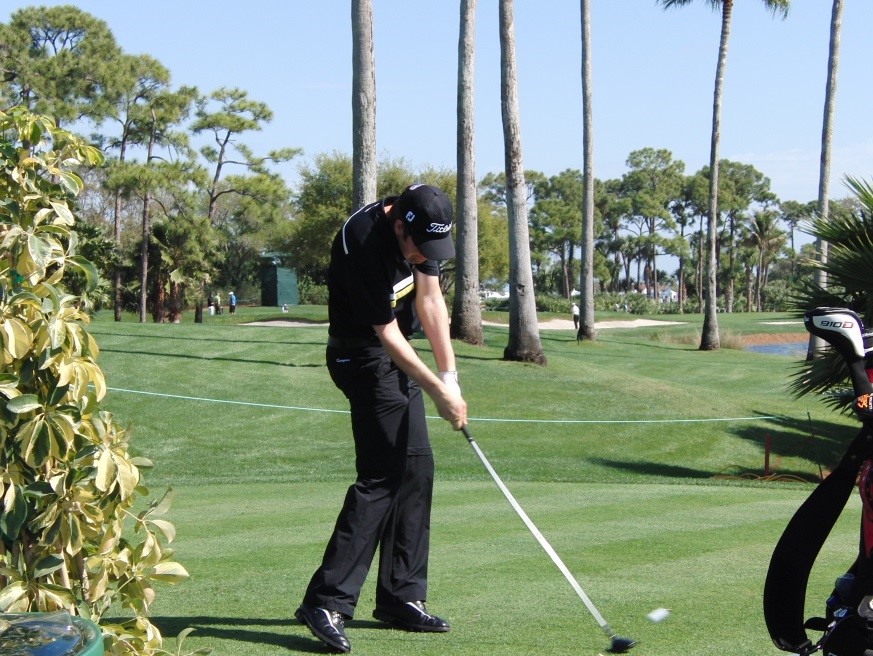Mastery Comes with Practice

by Dr. T. J. Tomasi, Keiser University College of Golf Senior Faculty and Director of Research
Golf is not natural. By this, I mean you are not born with a pre-existing golf-swing program in your brain. No matter how fast or strong you are or how high you can jump, none of these is a prerequisite to good golf.
Witness the commercial showing LeBron James trying to hit a golf ball. James is a great athlete, but if you don’t work at it, you can’t be good at golf “naturally.” When you think about the number of individual parts of the body that must be perfectly coordinated during the golf swing, it makes the accomplishments of golfers like Bobby Jones, Ben Hogan, Jack Nicklaus, and Tiger Woods even more amazing.
George Knudson, the great Canadian ball-striker, said that the only part of the body you don’t use is the front toe. He was exaggerating to make a point, but it begs the question: How does the brain solve this complex movement problem executed in less than 1 1/2 seconds? Many experts believe the brain simply links the individual movements and their muscle groups into one all-purpose movement response triggered by a brain-firing pattern that I call the Master Signal. Thus, individual body parts — principally the shoulders, pelvis, and legs — are coupled together by an overall code of nerve firings. Last-millisecond adjustments are made at the local level. With practice, your impact position will become pre-programmed by the Master Signal.
A muscle synergy I call the Buddy System allows for the fine-tuning needed in every swing — when one muscle in the sequence isn’t doing its part, another one will step up.
The good news is that both the Master Signal and the Buddy System are learned, and they improve with correct practice. After you find a good coach, pony up for the right equipment and get your head in shape; playing the game well depends on practice. So, if you don’t like to practice or don’t have the time, forget about being a good player and just have fun.

The Master Signal that governs your swing pattern comes from your brain. For efficiency’s sake, three important movement areas — shoulders, pelvis, and legs — are linked as one. There would be many more errors in your swing if your brain had to keep track of all three separately.

Small but important adjustments are made at impact as the brain senses deviance from the master plan.
If you’d like to study with Dr. Tomasi and other PGA Master Professionals, contact The College of Golf today.















Sounds interesting
Im a 68 yr old avid golfer. Im losing alot of mobility due to arthritis and such. Could you direct me to someone or a program to deal with this. I want to makesure if i spend money it wont be on a scam or something. Thanks